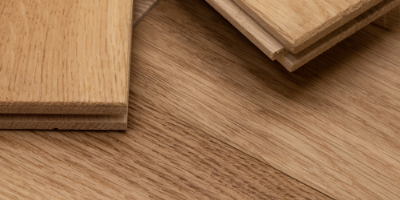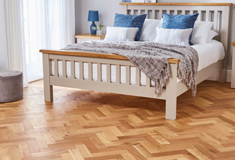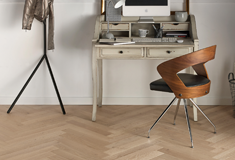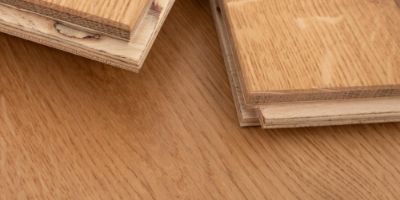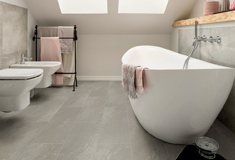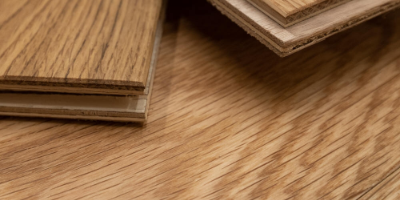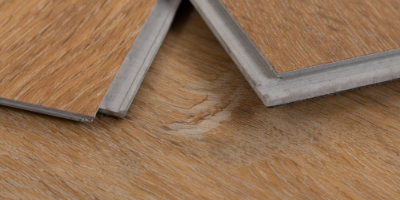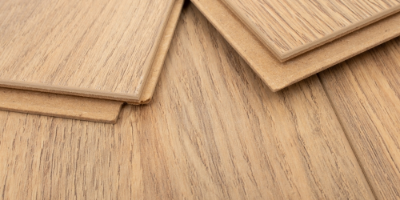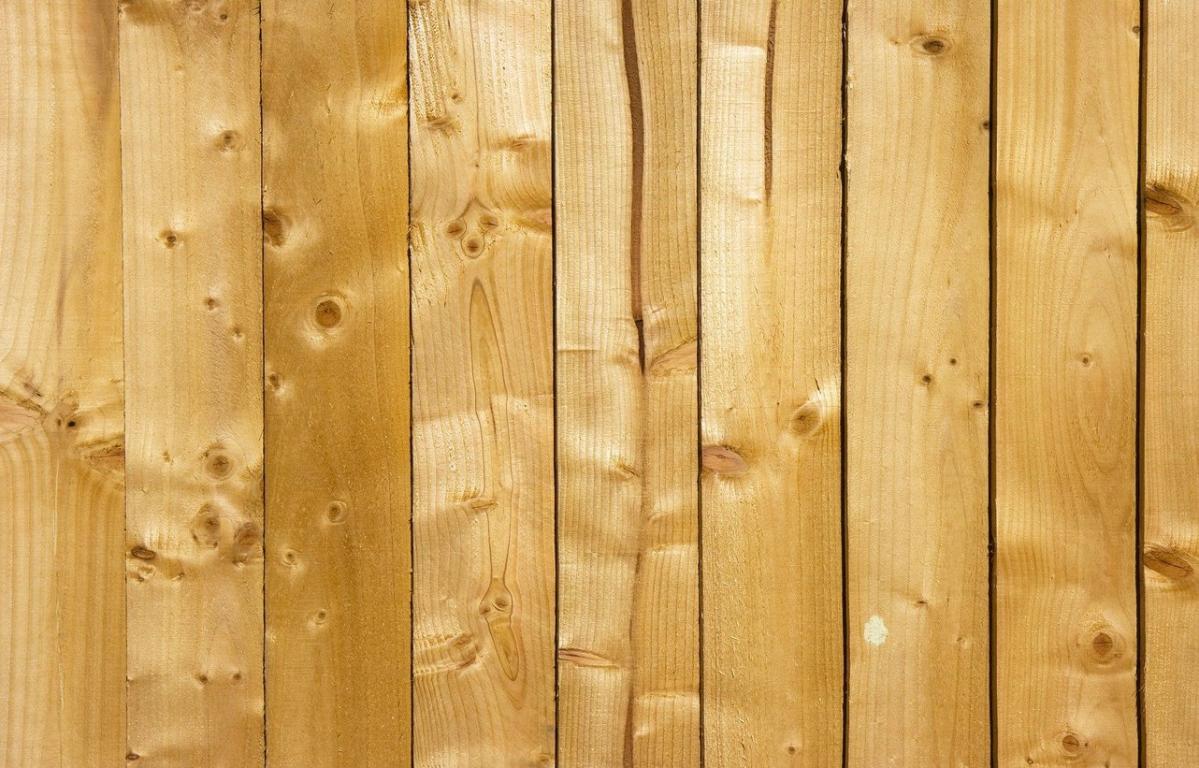What Chemicals Are Used When Manufacturing Wood Flooring?
Solid and engineered wood flooring are two of the most popular flooring products within the UK, however many customers are concerned about the chemicals used to manufacture the products. The volume of chemicals used when manufacturing wood flooring can be measured by the volatile organic compound (VOC) rating. Formaldehyde is the only chemical used during manufacturing, however as an off-gas it can become harmful in large doses. Symptoms of high formaldehyde intake can include coughing, wheezing, headaches, nausea, irritation of eyes, ears and throat. Solid wood flooring is cut directly from a single piece of wood so there is no form of formaldehyde released. Engineered wood is the most significant source of formaldehyde as it is manufactured by pressing several layers of wood together. The layers of wood are cemented together using adhesives which contain urea-formaldehyde resins. If you are thinking about laying your floor using adhesives, then bear in mind that nearly all adhesives have an off-gas of formaldehyde. Admittedly this may all sound scary and terrifying, however all our flooring products go through and pass the regulatory tests
As well as the type of flooring, the finish of the product can affect the VOC rating. All finishes will contain some kind of chemical solvent such as paint thinner. It is difficult to predict the exact average VOC rating for each style of finish but we have approximate ratings.
Oiled based finishes have a high VOC rating of around 450 and will emit toxins which can last for years. If you are looking for a healthier alternative, then a water based finish would be recommended. The VOC rating is a lot lower, around 250 and toxins will only last for around a week. A lacquered finish will have a VOC rating of approximately 350 and once again, only emit chemical toxins for a week at most.
If you have got your heart set on wood flooring, but don’t want a high VOC rating, then there are ways to avoid it. Low VOC rated products are available; however, you will find that many of these products come at a fairly steep price in comparison to regular products. Many customers do not even realise VOC ratings exist, it is always wise to check the VOC rating, where the product was manufactured and whether it was manufactured by an eco-friendly company. You can also reduce your intake of the toxins by waiting 3-4 days after the floor has been laid or refinished before entering the house. This allows the finish to cure and this means that only minimal toxins will be released by the floor.
Now this article does make wood flooring extremely dangerous and bad for your health, however this is not the case. It is extremely rare that any health issues occur and we would just like to reiterate the point that all our products have been tested and are all well within regulatory standards.
Have Your Say
Do you have any knowledge to share with us? Let us know in the comments!
Remember to follow us on Facebook, Twitter, and Instagram for the latest news and discussions. We’re always finding new ways to improve our stock, so keep up to date!

